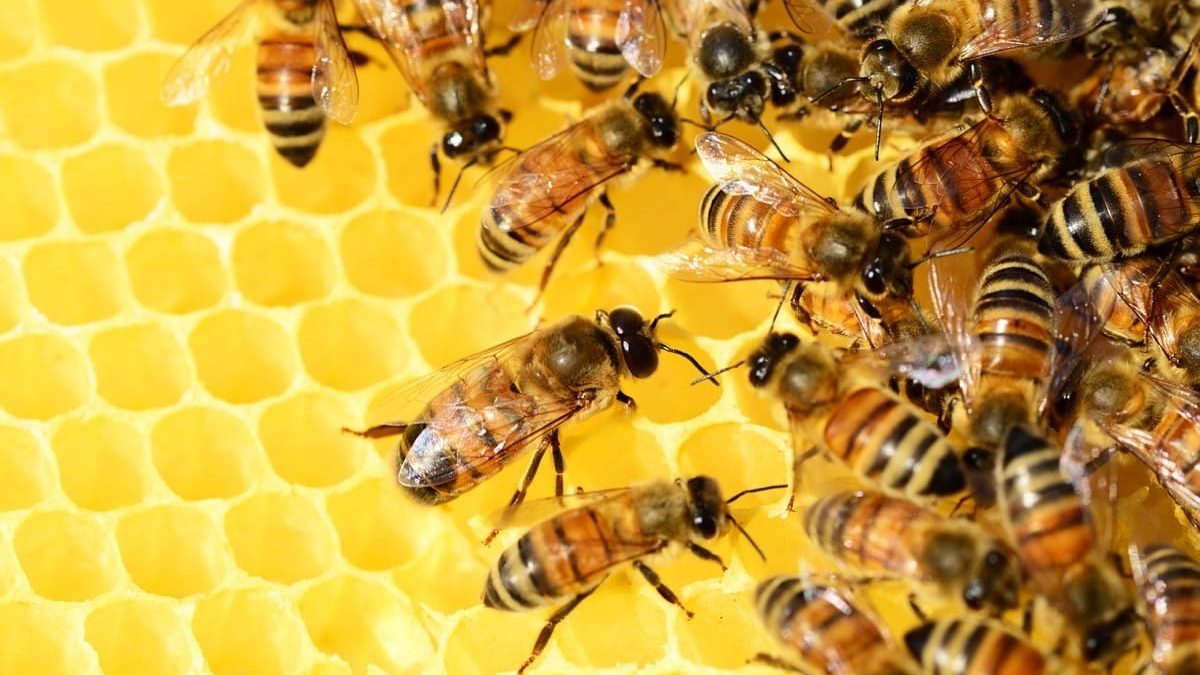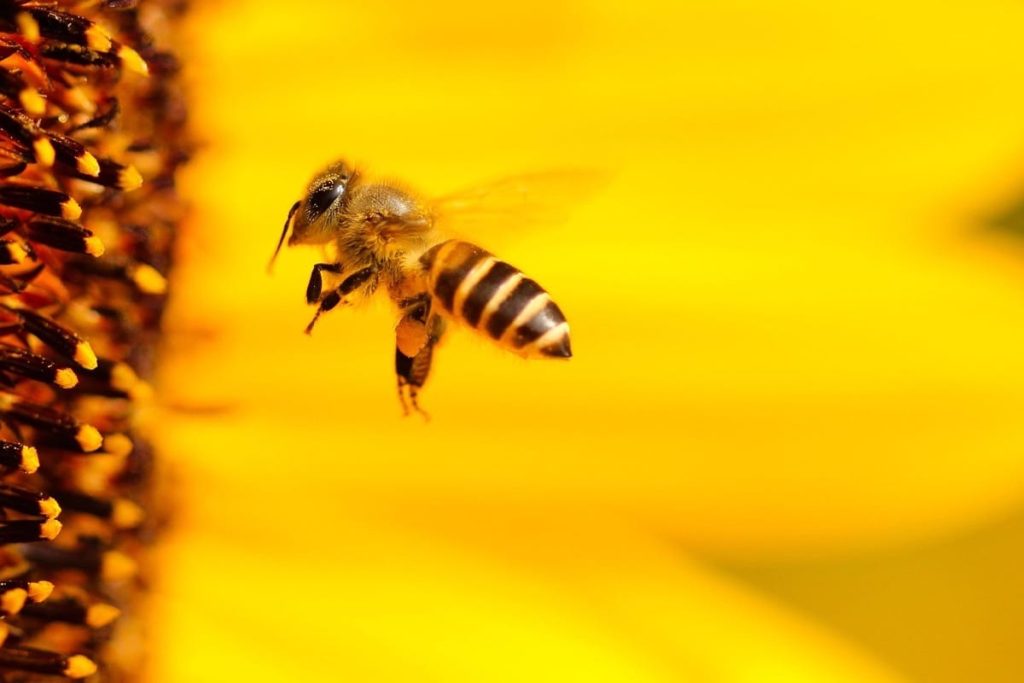
Where Do Bees Sleep?
We all know bees are busy creatures, flitting from flower to flower, collecting pollen, and making honey. But where do these hardworking insects rest their wings when the sun sets and the buzzing subsides? Turns out, their nightly routines are as fascinating as their daytime activities!
Where Honey Bees Sleep at Night
For honey bees, home is the hive – a bustling metropolis of honeycomb cells and dedicated workers. But even within this hive, where do they catch their zzz’s? It all depends on their age and role:
- Younger bees: These busybodies are constantly cleaning, feeding larvae, and building comb. They tend to sleep closer to the center of the hive, near the developing brood and honey stores, where they can easily resume their duties when they wake.
- Forager bees: These experienced bees are responsible for collecting pollen and nectar. They often sleep in clusters near the hive entrance, ready to take off at sunrise.
- Drone bees: The male bees in the hive have a different sleeping arrangement. They don’t live inside the hive but rather sleep outside, often clinging to branches or leaves.
Winter Slumber vs. Summer Snoozing
Honey bees adjust their sleep patterns throughout the year, adapting to changing temperatures and food availability:
- Winter: During colder months, the hive becomes a cozy haven. Bees cluster together to generate heat, with the queen bee at the center for maximum warmth. They might also sleep in inactive brood cells for extra insulation.
- Summer: Warmer weather sees bees being more active and sleeping less. They might take shorter naps throughout the day, often near the hive entrance to catch a cool breeze.

Where Else Might You Find a Sleeping Bee?
While the hive is their primary sleeping spot, solitary bees, like bumblebees and mason bees, have different preferences:
- Bumblebees: These fuzzy friends often sleep in their nests, which are usually abandoned rodent burrows or underground cavities. They might also curl up in sheltered spots like flowers or leaves.
- Mason bees: These solitary bees build individual mud nests, often on the sides of buildings or other structures. They sleep inside these nests, nestled amongst their pollen provisions.
Buzzing Bedtime Habits
Bee sleep is far from a human-like slumber. Here are some interesting facts about their snooze time:
- Short naps: Bees typically sleep for short periods, often just 20-30 minutes at a time. This allows them to stay alert and responsive to their environment.
- Micro-naps: During the day, bees might even take “micro-naps” for just a few seconds while clinging to flowers or leaves.
- Temperature sensitive: Bees are sensitive to temperature, and their sleep patterns can be affected by changes in the hive’s warmth.
Living Harmoniously with Bees: Understanding Their Sleep Habits
Knowing how bees sleep can help us coexist peacefully with these important pollinators:
- Avoid disturbing hives: Loud noises or vibrations can disrupt the hive and stress the bees, impacting their sleep and potentially leading to defensive behavior.
- Plant bee-friendly flowers: Providing ample food sources near their hives can help them conserve energy and potentially reduce their need to travel far for pollen, allowing for longer rest periods.
- Support bee conservation: Protecting bee habitats and promoting sustainable beekeeping practices can ensure healthy bee populations and a thriving ecosystem.
Unveiling the Buzzing Bedtime
By understanding where and how bees sleep, we gain a deeper appreciation for their complex lives and vital role in our environment. These tiny creatures, with their fascinating sleep habits and tireless work ethic, remind us of the interconnectedness of the natural world and the importance of protecting these essential pollinators for a healthy future.



